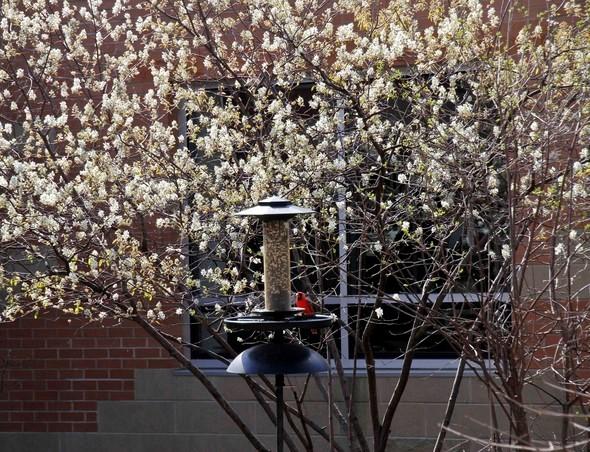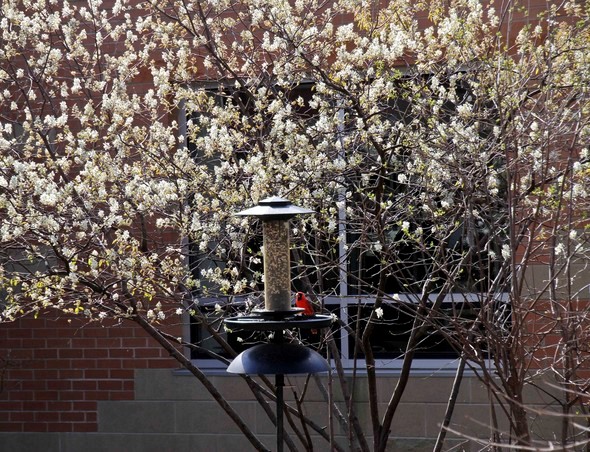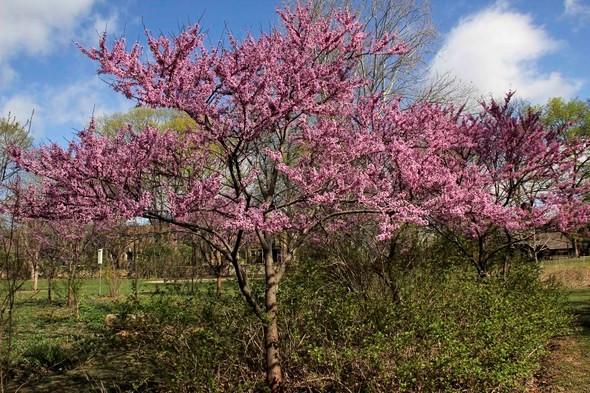
Xplor reconnects kids to nature and helps them find adventure in their own backyard. Free to residents of Missouri.


































Stay in Touch with MDC news, newsletters, events, and manage your subscription

Xplor reconnects kids to nature and helps them find adventure in their own backyard. Free to residents of Missouri.

A monthly publication about conservation in Missouri. Started in 1938, the printed magazine is free to residents of Missouri.




Kansas City, Mo. – A homeowner or property manager can do much good for conservation by being selective about what trees, shrubs, or vines they plant for shade or ornamentation. For example, native plants host more insects, including beautiful butterflies. That provides a variety of adult and larval prey for songbirds to feed on. Many nonnatives introduced in past decades have become invasive and harmful to native plants and wildlife. The Missouri Department of Conservation (MDC) provides resources that can help people establish greenery that benefits nature.
Many western Missouri towns and even rural areas are finding nonnative, invasive species to be a problem. The invaders often provide minimal value for wildlife, and their prolific growth crowds out desirable native trees or plants.
One example is Callery pear, sold as various cultivars that some people refer to as Bradford pears. They have been often used in urban landscape plantings due to a blush of white blooms in spring. But those blooms soon fade away. The trees have poor resistance to wind or ice damage. Even hybrid versions have managed to cross pollinate and produce seed. Their seeds are spread by birds and wind, letting them invade right of ways, fence lines, meadows and woodlands. MDC recommends that people seek good native alternatives for spring flowering trees, such as serviceberry, American plum, hawthorn, and eastern redbud.
Spring is planting time. But early spring is also a time when property owners and homes associations can inspect natural areas and public green spaces for nonnative and invasive plants. Bush honeysuckle, a thick-growing and prickly nuisance, is a nonnative that prevents natives from growing under or near it. This invader is especially a problem in the Kansas City area. Winter creeper is a nonnative and invasive vine that climbs trees and covers the ground. Garlic mustard, another nonnative and invasive plant, outcompetes and blocks natives normally found in forests and woodlands. Pulling, cutting, or spraying them with herbicide in late winter or early spring can reduce on their spread. Persistent efforts can eliminate them from lots or small acreages.
For information about invasive plant species and controlling them, including photos and descriptions, visit https://short.mdc.mo.gov/ZpU.
Most spring landscape planting is done to create pleasant greenery in the summer and nice foliage colors in the fall. But for people who enjoy butterflies and birds, or who want to support pollinators such as beetles and bees, plant choices are important. Some species of butterflies and moths have specific host plants that they lay their eggs on. Monarch butterflies lay eggs on milkweed plants because their larvae gain protection from predators by feeding on the leaves. Some trees such as native oaks may host a wide variety of insect species in larval or adult stages. In spring and summer, those insects are critically important sources of food for songbirds as they rear young in nests. Good choices in plants for home landscaping can help all wildlife and hinder problems from invasive and nonnative species.
For tips on planting the right tree in the right place, visit https://short.mdc.mo.gov/ZAh. The Missouri Prairie Foundation’s Grow Native! program provides seed and seedling sources and plant information at https://www.moprairie.org/GrowNative.
The Heartland Tree Alliance, an MDC partner in the Kansas City metro area through the Bridging the Gap program, provides information about trees that do well in urban settings, or https://www.bridgingthegap.org/heartland-tree-alliance.